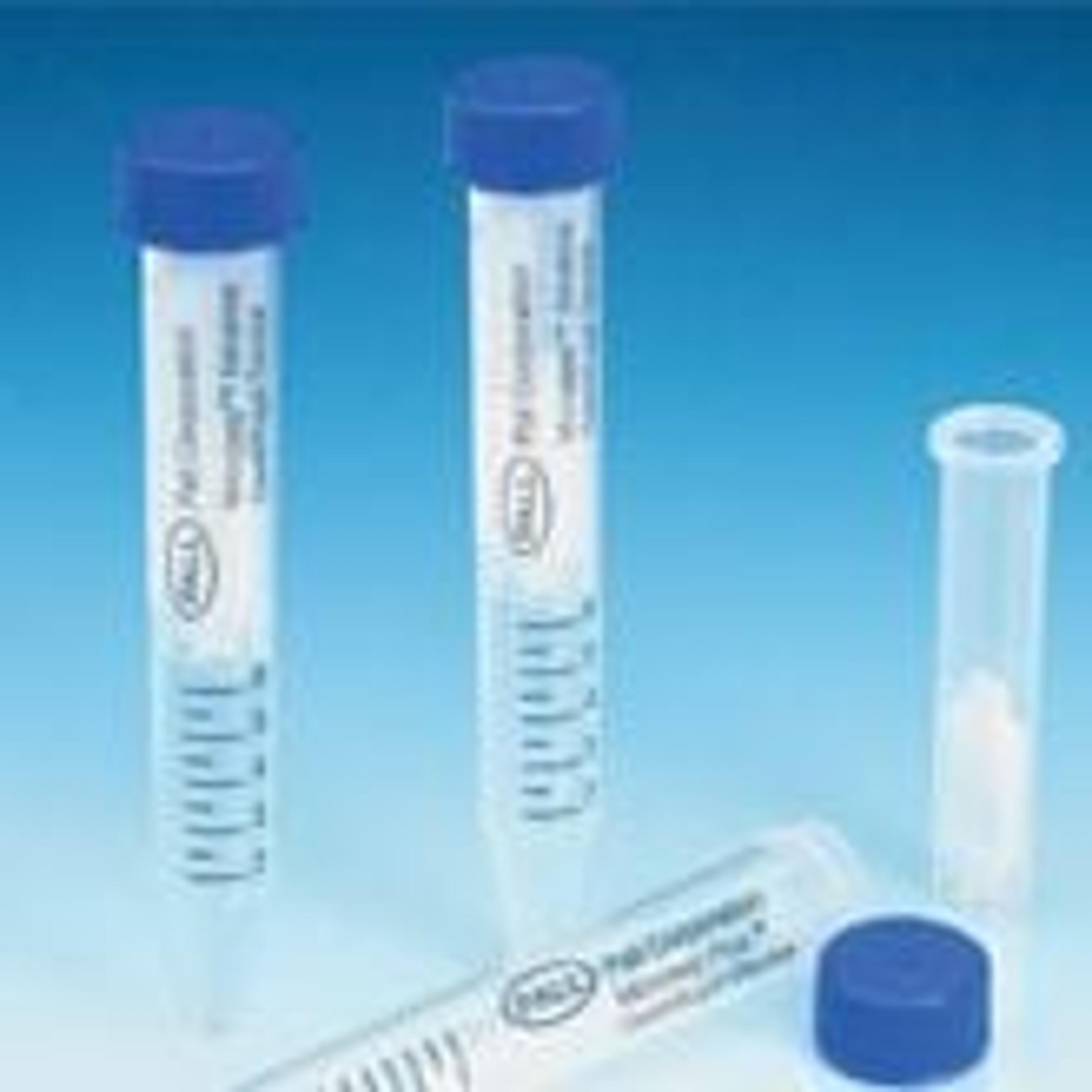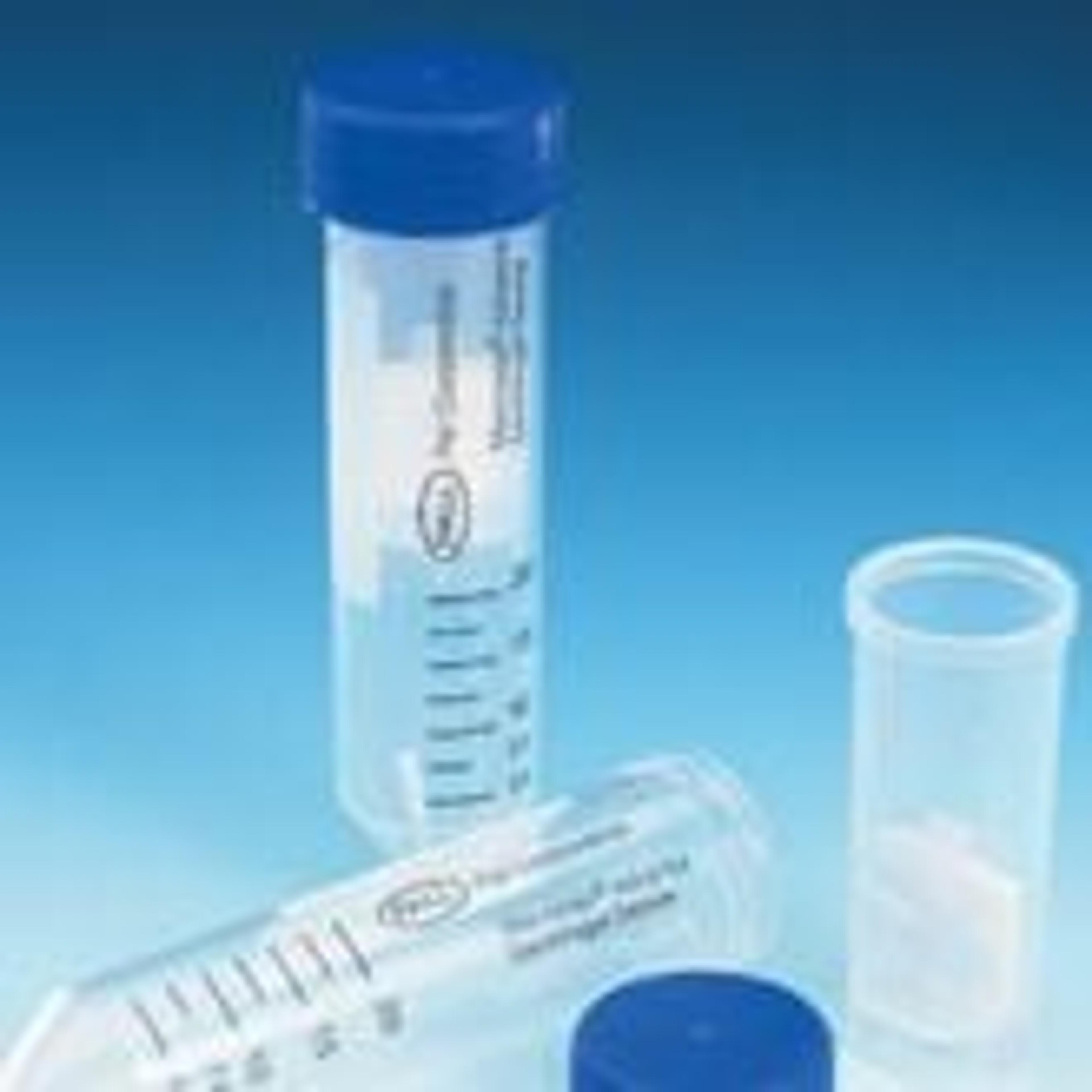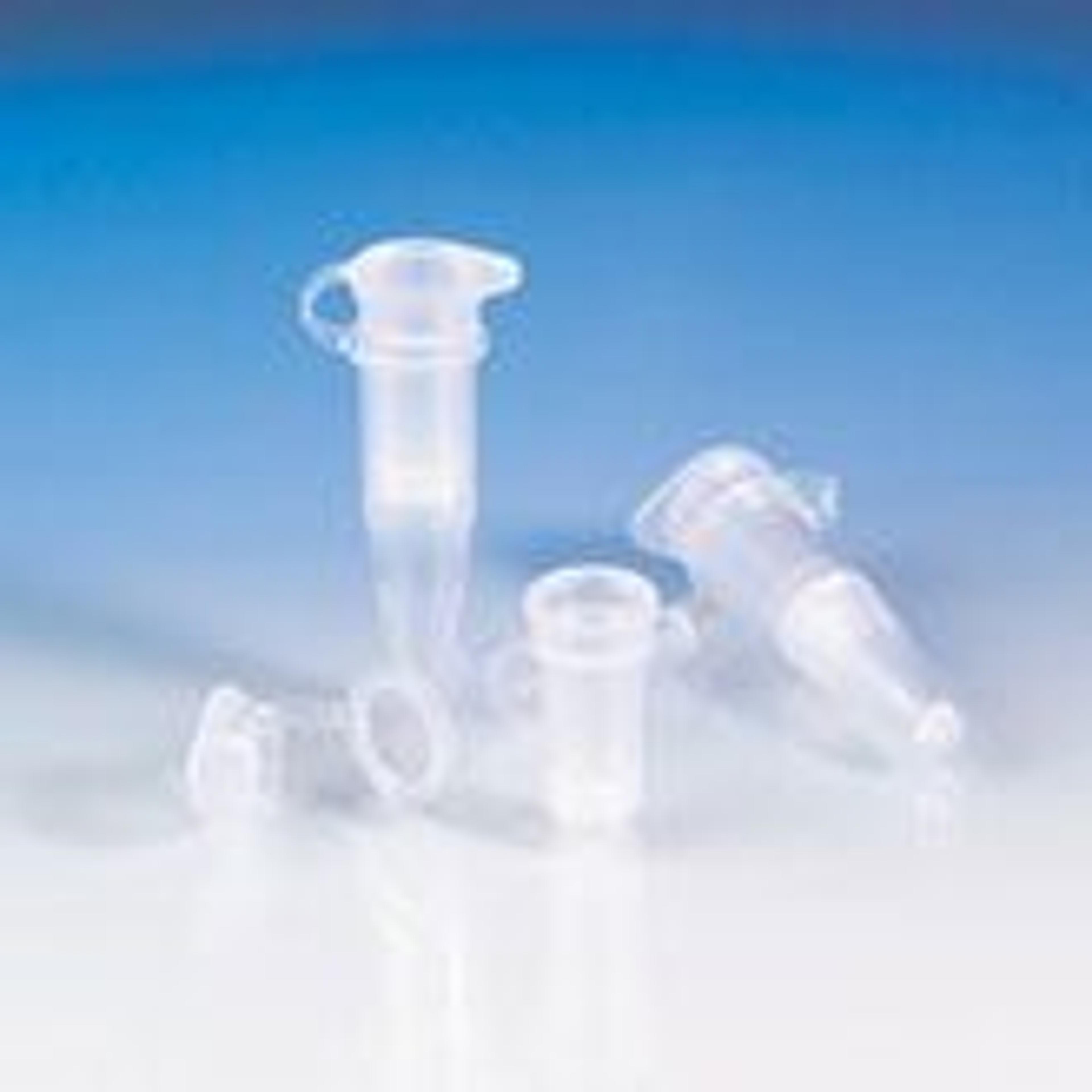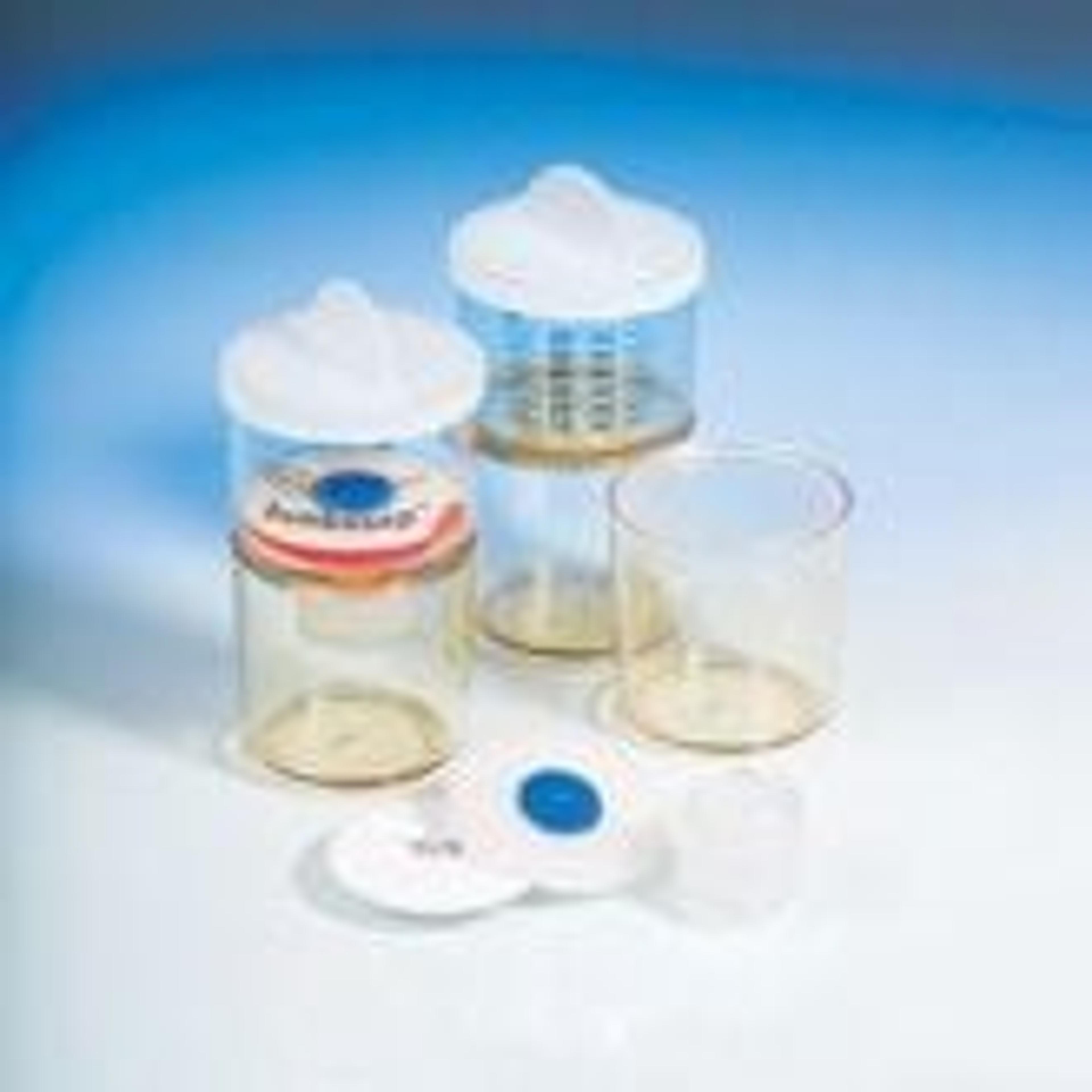Optimizing Protein Purification Workflows at Cayman Chemical
Dr Tony Ludlam, Protein Core Manager, Cayman Chemical, tells SelectScience® about the technology improving protein production
1 Jun 2016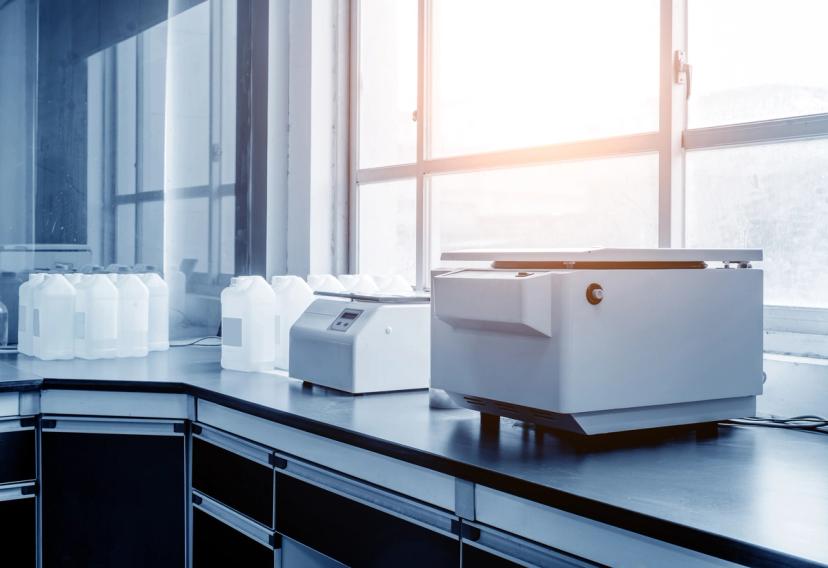
Image: gyn9037/Shutterstock
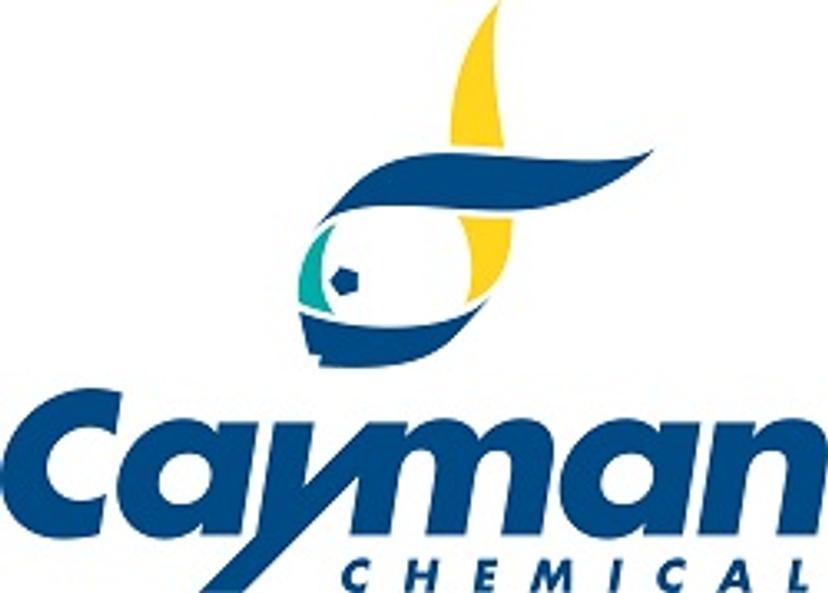
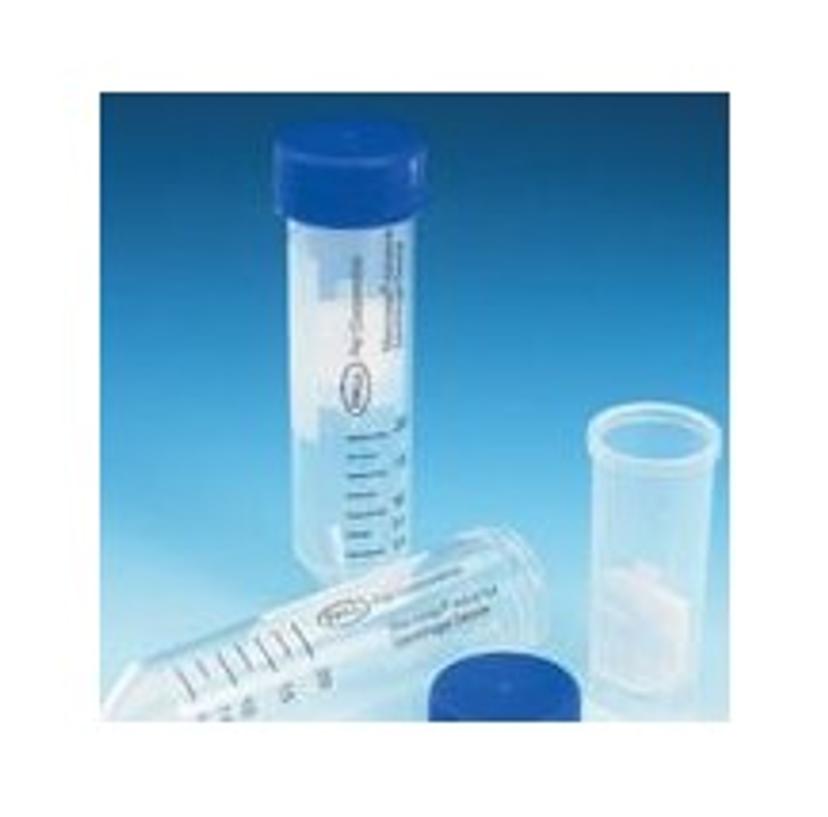
Macrosep® Advance Centrifugal Devices Quickly concentrate up to 20 ml of biological sample Pall Life Sciences Macrosep Advance Centrifugal Devices. These devices are colour coded for easy identification and have a built in deadstop to prevent spinning to dryness.
Dr Tony Ludlam is the Protein Core Manager at Cayman Chemical, a biotechnology company involved in the synthesis, purification, and characterization of biochemicals. His role is to “oversee and manage the manufacture of protein products, primarily active enzymes, for both internal and external customers.” SelectScience® interviewed Dr Ludlam to learn how his group are implementing innovative technology to optimize protein production.
Dr Ludlam’s group are primality involved in a production-based workflow to create starting material for antibody production and kit development, “Other people need protein, my group makes it.” “We produce hundreds of products based off SOPs and are regularly implementing new processes to create new proteins.”
Pure Protein Production
Part of this workflow involved the concentration of large-volume samples. “To produce pure protein, gradient chromatography or size exclusion are often required, which can dilute a sample an order of magnitude or more”, Dr Ludlam explained. “Dilute samples tend to be less stable and are more difficult to package for direct sale, so the volume has to decrease.” To perform this concentration, the group uses Pall centrifugal devices.
Efficient Design
Dr Ludlam, who learned about Pall’s range of spin filters during a recent visit from the company to evaluate his laboratory’s needs, noted that he “appreciates the raised filter” of the centrifugal devices. “Most flow through devices utilize a concave V or funnel design, which seems intuitively like the most efficient way to pass liquid. That design produces a gradient that becomes dense near the bottom of the filter, which is just as bad if not worse for protein stability as a dilute solution. High concentrations increase the risk of aggregation or precipitation, neither of which are conducive to production of an active or biologically relevant protein product.”
“The Pall unit design has the V inverted, pointing up into the chamber. The concentration surface is a circle as wide as the tube, not funneled into a central point. This keeps the gradient dispersed over a wider area, so the extreme concentration at the center is less of an issue.” Dr Ludlam admitted that he was “skeptical that it would flow at the same rate or be able to reach the same minimal volume, but both were on par with prior experience”, concluding that “inverse flow devices offer the same dispersion, but generally lower flow rates and larger end volumes.”
Dr Ludlam explained how the Pall centrifugal devices are also useful for exchanging buffers; “many enzymes will not tolerate an overnight dialysis, but a few half-hour spins with 10-fold dilutions offer the same exchange rate, without sacrificing the activity.”
Future Perspectives
In the future the group will need “spin filtration devices of multiple molecular weight cutoffs in perpetuity”. Dr Ludlam explained how he also hopes to implement “a high-capacity tangential flow system, depending on product development needs.”

